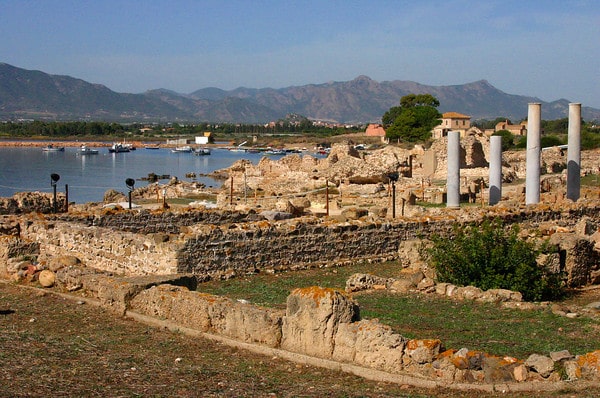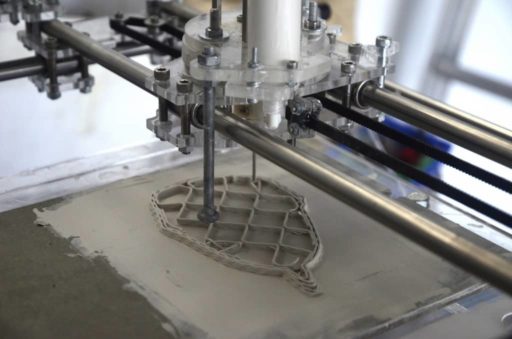Roman architecture is considered one of the most fascinating parts of the world’s history. This is because despite the march of thousands of years, Roman structures continue to stand tall. After a lot of research, scientists have finally realized what has kept these structures intact and strong over all these thousands of years.
One of the structures which has particularly intrigued scientists over the years is the Roman harbor. Some of the structures at Roman harbor, including the headwaters, are as old as 2,000 years and yet, they haven’t eroded or broken down despite the constant lashing by the sea water.
This is precisely what fascinates the scientists. Romans apparently used some highly sophisticated ingredients in their construction which allowed their structures to exist for so long. In contrast, the best materials we have today to construct our buildings is Portland cement. And when exposed to sea water, Portland cement wouldn’t stay intact for even 50 years.
However, thanks to the relentless efforts of the scientists, we finally know the ingredients that formed the secret construction recipe of the Romans. After analyzing the mineral components of a headwater dating as far back as 37 B.C., scientists have realized that Romans created concrete by mixing lime and volcanic ash, creating a blend which was unbelievably durable.
According to a press release by the researchers working on this project, “For underwater structures, lime and volcanic ash were mixed to form mortar, and this mortar and volcanic tuff were packed into wooden forms. The seawater instantly triggered a hot chemical reaction. The lime was hydrated—incorporating water molecules into its structure—and reacted with the ash to cement the whole mixture together.”
Also important is the fact that compared to today’s standard Portland cement, this Roman mixture was a lot more environment-friendly. The construction industry has long been looking for more durable materials and with this discovery, they finally have their holy grail. It is time for the industry to switch to greener, more durable offerings by following in the footsteps of the Romans.
Courtesy: Business Week
[ttjad keyword=”blackberry”]



